We are now less than a month away from the implementation of new shipping regulations that will have an impact on the price of every single item that is shipped by sea.
These standards are part of a long-planned effort to curb pollution caused by the global shipping industry and are being called, “arguably one of the industry’s most defining moments since the shift away from coal” by the International Chamber of Shipping. But it is not CO2 levels the regulations are targeting. It is sulfur. As FreightWaves and American Shipper have reported for more than a year, as of January 1st, 2020, vessels burning fuel with a sulfur content of 0.5% are banned by the governing body of shipping, the International Maritime Organization. The current sulfur limit is 3.5%.
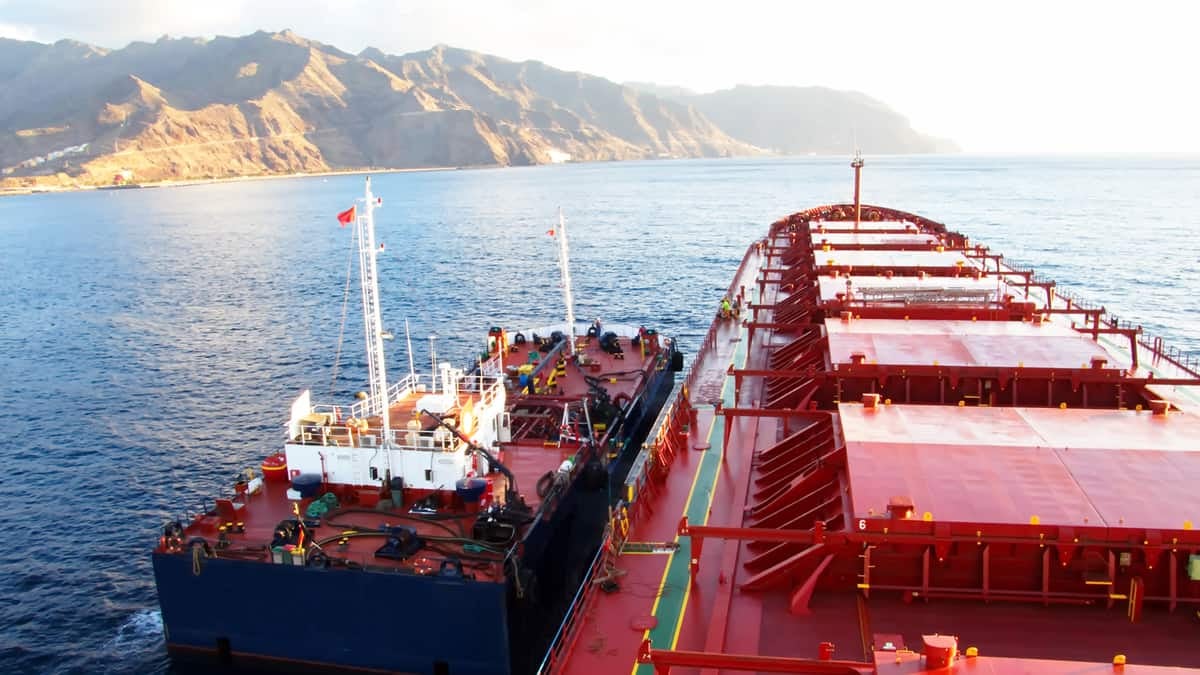
Photo credit: Shutterstock
The ocean shipping industry accounts for 90% of global trade. The 51,000 ships that comprise the world fleet are fueled by 2.1 billion barrels of oil annually, or around 244 million gallons per day. And all that burnt fuel causes extensive pollution, namely sulfur oxides. According to the IMO the sulfur emissions may be responsible for as many as 570,000 premature deaths every half decade. A Finnish study that the agency has referenced suggests that the number of premature deaths will be prevented between 2020 and 2025 because of new emissions standards.
To put things in perspective, the US consumes around 7.5 billion barrels of oil annually. While this number is more than three times the amount of oil consumed by the global shipping industry, container ships are still responsible for the bulk of worldwide sulfur emissions. In fact, according to a study conducted by Goldman Sachs, the standard bunker fuel that powers the global fleet is responsible for 90% of global sulfur emissions.
Even more jaw-dropping is the fact that the largest 15 vessels are producing more sulfur than all the cars in the entire world.
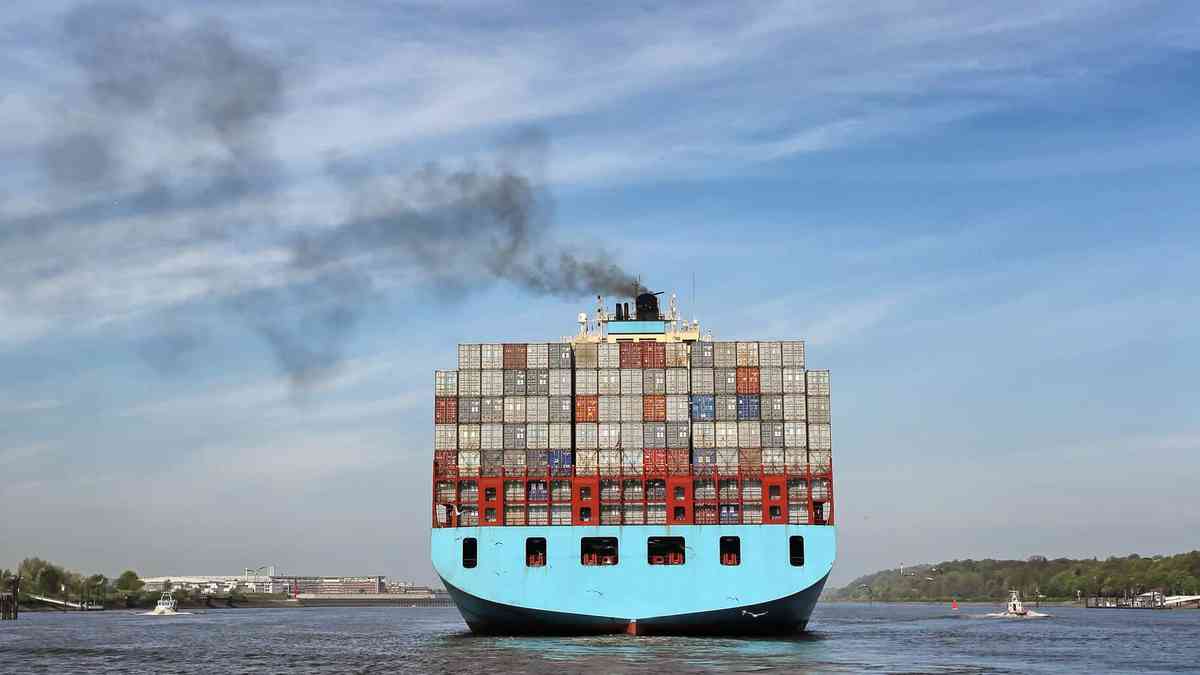
One reason the shipping industry has sailed under the radar until now is that large container ships do their polluting at sea, away from the watchful eye of governing agencies quick to clean up land-based freight transportation. But if the global shipping industry were a country, it would have coasted into sixth place in terms of CO2 emissions, between Germany and Japan.
There are several options for becoming compliant with the new regulations. But no matter how shippers decide to comply there will be added costs.
One option to facilitate compliance is outfitting ships with scrubbing kits that clean the exhaust of noxious pollutants. But with a cost of $1 million to $6 million per scrubber, this is not an appealing solution to shippers with large fleets.
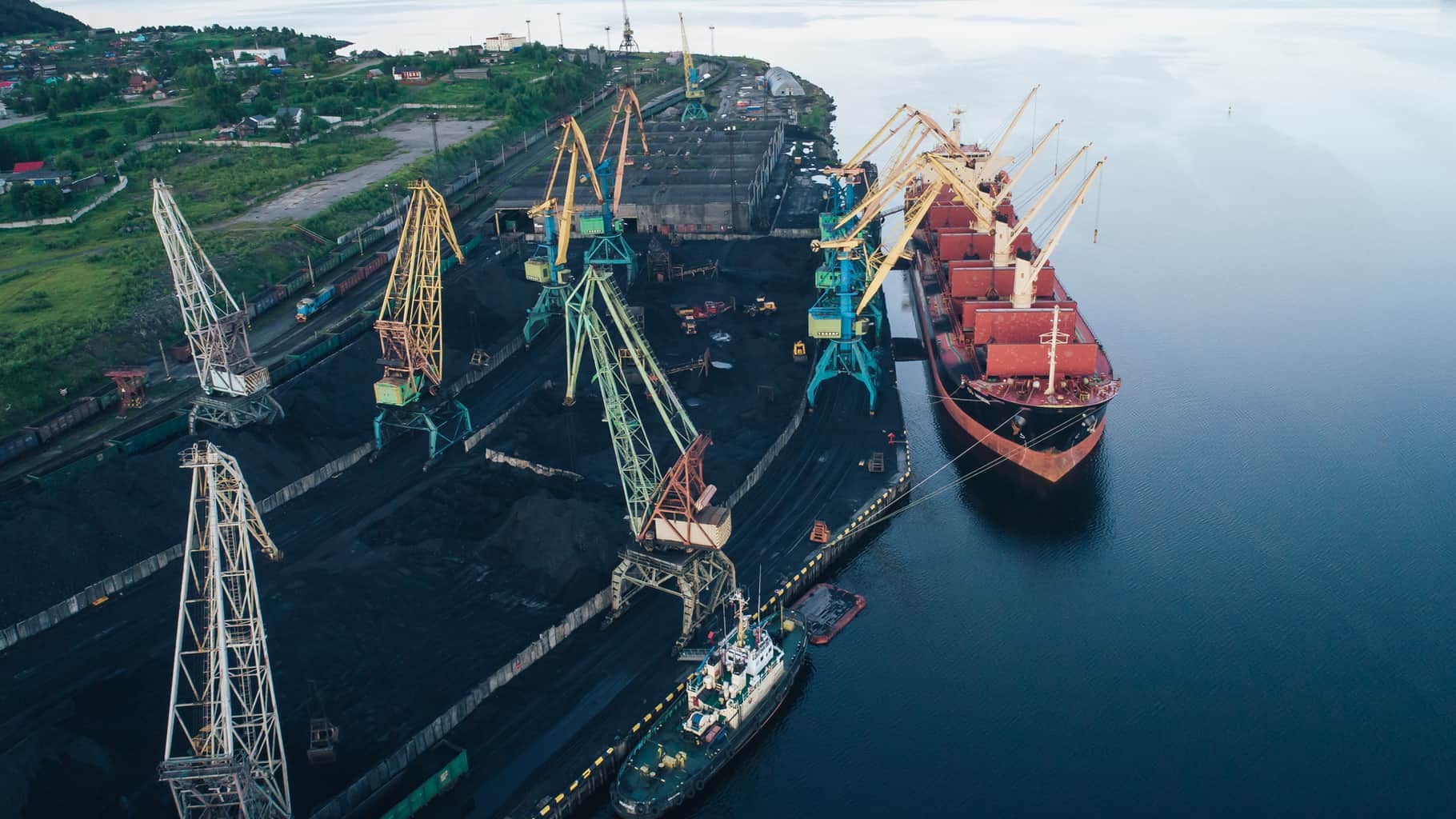
Shippers that are reluctant to invest in substantial changes could leverage another solution – they could slow down. It’s estimated that slow steaming could reduce emissions by as much as 12% in the next decade.
But in an era that is constantly demanding more speed and efficiency in logistics services, this might not be the optimal solution.
A third option is to burn more environmentally friendly fuels such as sweet crude, which naturally has less sulfur than the sour crude used by most shippers. This is the option that most shippers that abide by the rules are expected to choose. However, some of the world’s largest oil producers will be left with a glut of high-sulfur fuel that won’t be bought by companies that are abiding by the new regulations.
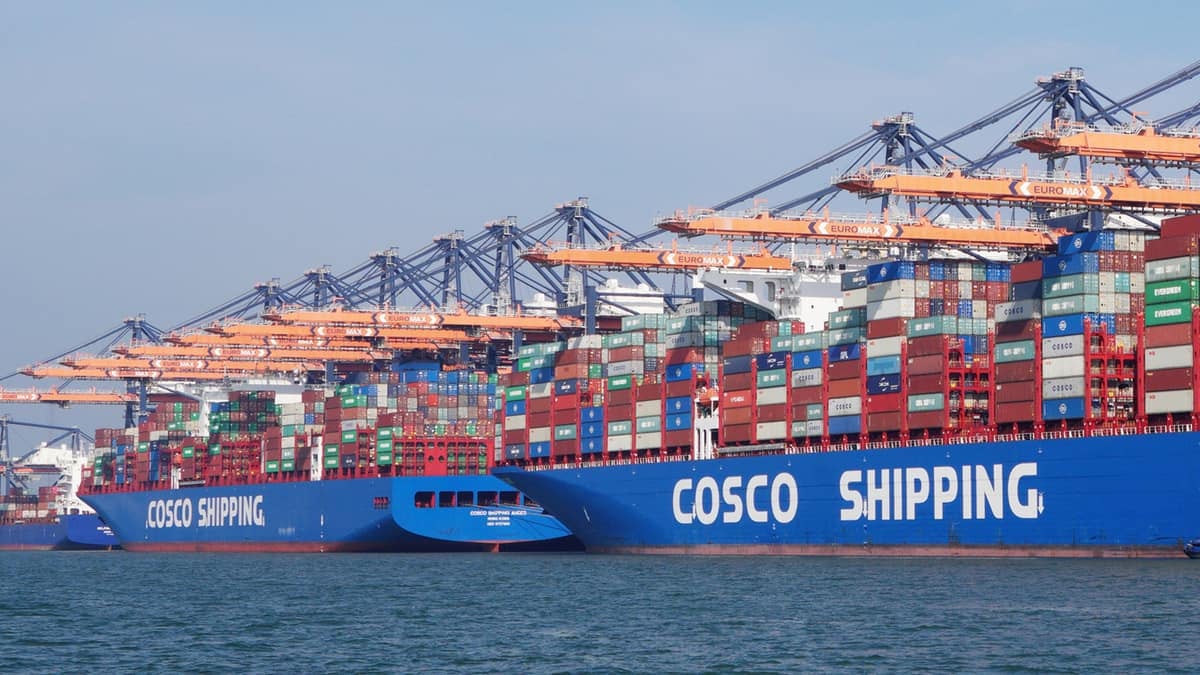
Denmark’s Maersk and Swiss-based MSC (the first- and second-largest shipping companies in the world) have said that IMO 2020 will cost them $2 billion each. But the cost impacts are not going to hit the shipping companies alone. Most will pass on the extra costs of complying with IMO 2020 to their customers (importers and exporters of the good carried by ships). In turn, much of the additional cost will be passed on to front-line consumers.
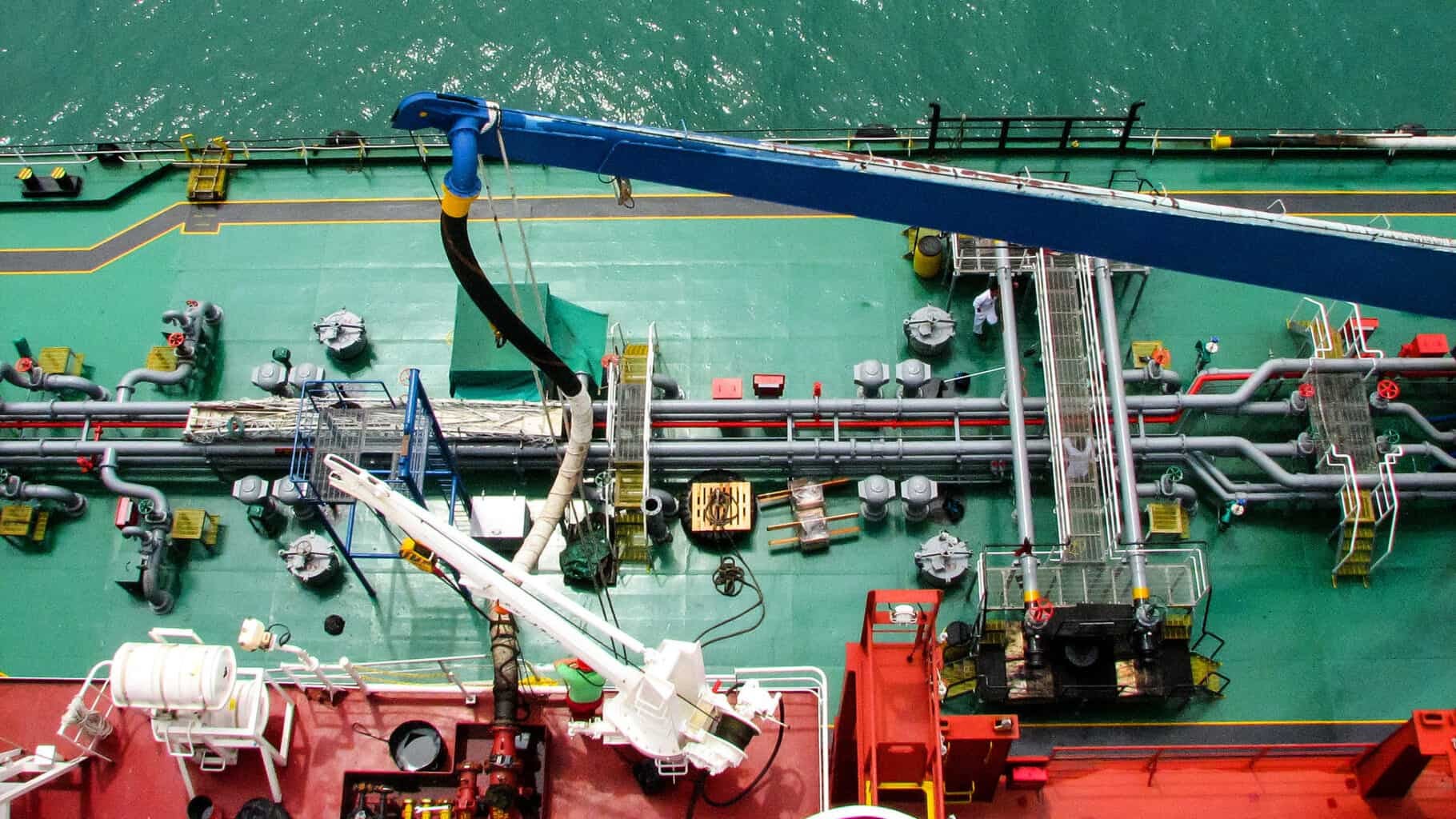
Photo credit: Shutterstock







